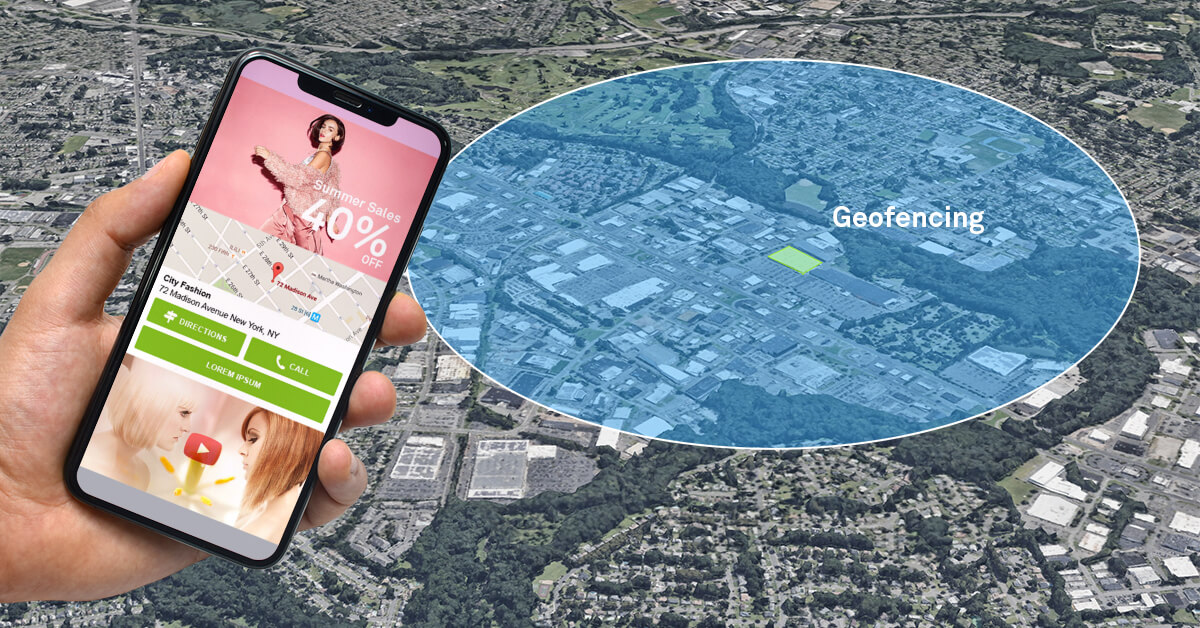In the digital age, businesses are continually seeking innovative ways to engage customers and drive sales. One of the most effective strategies that has emerged in recent years is geofencing. This technology allows businesses to create virtual boundaries around specific locations, enabling them to deliver targeted marketing messages to consumers when they enter or exit these areas. In this blog, we’ll explore how to effectively use geofencing in mobile marketing to enhance customer engagement and drive conversions.

Table of Contents
Toggle1. Understanding Geofencing
Geofencing uses GPS, RFID, Wi-Fi, or cellular data to create a virtual perimeter around a defined geographic area. When a mobile device enters or leaves this area, it triggers a pre-defined action, such as sending a notification, offering a discount, or delivering targeted advertisements. This location-based marketing approach allows brands to reach customers in real-time, delivering relevant messages based on their current location.
2. Setting Clear Objectives
Before implementing a geofencing strategy, it’s crucial to define your goals. Common objectives include:
- Increasing foot traffic to physical stores
- Boosting engagement with existing customers
- Targeting potential customers in competitors’ locations
- Promoting events or special offers tied to specific locations
By setting clear objectives, you can measure the effectiveness of your geofencing efforts and adjust your strategy as needed.
3. Choosing the Right Location
The success of your geofencing campaign hinges on selecting the right locations. Consider:
- Store Locations: Create geofences around your physical stores to attract customers nearby.
- Competitors: Establish geofences around competitors to reach potential customers when they are near those locations.
- Events: Use geofencing at events, conferences, or festivals to engage attendees with promotions or information.
- High-Traffic Areas: Identify busy areas such as shopping malls, tourist attractions, or sports venues to maximize exposure.
4. Crafting Compelling Messages
Once you have your geofences in place, it’s time to create impactful messages that resonate with your audience. Consider the following:
- Personalization: Use customer data to tailor messages based on previous purchases or preferences.
- Urgency: Create a sense of urgency by offering time-sensitive promotions or limited-time offers.
- Clear Call-to-Action: Encourage recipients to take immediate action, whether it’s visiting the store, redeeming a discount, or downloading an app.
5. Timing and Frequency
Timing is critical when it comes to geofencing. Experiment with different times of day and frequencies for sending notifications to find what works best for your audience. Consider the following strategies:
- During Peak Hours: Target customers during peak shopping times when they are more likely to visit your store.
- Special Events: Send notifications during local events, holidays, or promotions to capitalize on increased foot traffic.
- Limit Frequency: Avoid overwhelming customers with too many notifications. Set limits to maintain a positive customer experience.
6. Leveraging Data and Analytics
Data analytics play a vital role in the success of your geofencing campaigns. Utilize analytics tools to track key metrics such as:
- Engagement Rates: Measure how many users engage with your messages and offers.
- Foot Traffic Increases: Analyze foot traffic data before and after launching your geofencing campaign to gauge its impact.
- Customer Behavior: Understand how customers respond to different messages and offers, allowing you to refine your approach.
7. Compliance and Privacy Considerations
With the rise of data privacy concerns, it’s essential to ensure compliance with regulations when implementing geofencing strategies. Make sure to:
- Obtain Consent: Clearly communicate how you will use location data and obtain consent from users before sending notifications.
- Provide Opt-Out Options: Allow customers to opt-out of location tracking and notifications if they choose to do so.
- Respect User Privacy: Be transparent about your data practices and adhere to privacy laws and regulations.
Conclusion
Geofencing is a powerful tool in mobile marketing that enables businesses to deliver targeted, location-based messages to customers. By understanding how to effectively implement and optimize geofencing strategies, brands can enhance customer engagement, increase foot traffic, and drive conversions. As technology evolves, leveraging geofencing will become even more critical for businesses looking to stay competitive in a crowded market. With careful planning, clear objectives, and a commitment to privacy, your geofencing campaigns can lead to significant business growth and customer loyalty.


No responses yet